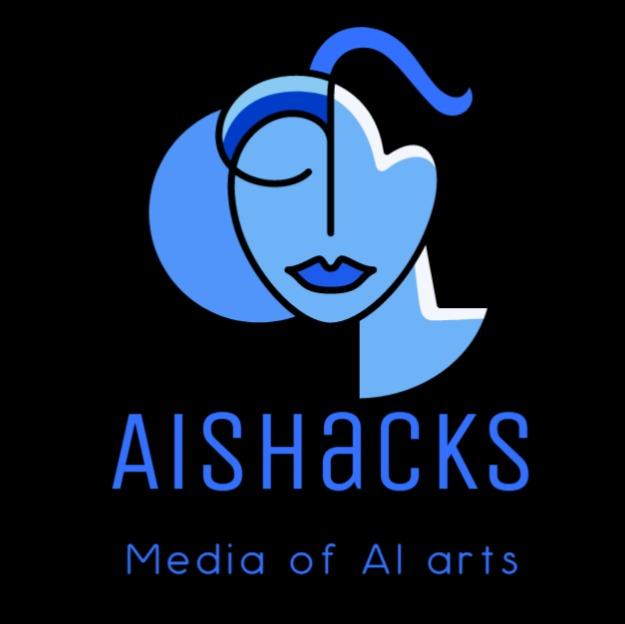AIShacKs
"Unleash your creativity with AIShacKs - the app that turns your words into stunning images!"
Created on 2nd April 2023
•
AIShacKs
"Unleash your creativity with AIShacKs - the app that turns your words into stunning images!"
The problem AIShacKs solves
AIShacKs is an innovative content media app that provides a platform for users to create and share unique content and images with each other. The app is designed to make content creation easy and accessible, with users able to generate images by simply writing a description or caption. The app uses cutting-edge technology from Open AI's Dall-E API, which allows users to create images based on their descriptions.
In addition to image creation, the app has a range of social features that allow users to connect with each other and engage with each other's content. Users can like, comment, and follow each other, as well as add friends to their network. This creates a vibrant community where users can share their creativity, exchange ideas, and build relationships.
To make the app more engaging, it has been gamified, with users receiving 15 credits each month that they can use to generate images (1 credit per image). This encourages users to create and share more content, and also gives them a sense of ownership over their creations. Additionally, users can earn more credits based on the number of likes their posts receive. For every 10k likes, the user receives 1 credit, which incentivizes users to create high-quality content that resonates with the community.
The app is built using the Mern stack, which is a popular and powerful technology stack that combines MongoDB, Express, React, and Node.js. This provides a robust and scalable platform that can handle large amounts of user-generated content and traffic. Overall, AIShacKs is a dynamic and exciting app that combines cutting-edge technology with social networking and gamification to create a unique and engaging user experience.
Challenges we ran into
During the development of this project, I encountered several challenges and bugs that needed to be addressed. One of the issues was with the creation of the backend and frontend of the application, and it took several attempts to get the image generation API working correctly. Unfortunately, I lost all of my free credits during the testing process.
Additionally, there were several bugs that needed to be fixed while developing the frontend of the application. These issues required a lot of debugging and troubleshooting to resolve, but I was eventually able to create a seamless and user-friendly interface.
To overcome these challenges, I spent a lot of time researching and experimenting with different approaches to solve the issues. I also searched on stackoverflow and online forums for help and guidance. By using a combination of these methods, I was able to overcome the bugs and complete the project successfully.
Overall, these challenges helped me develop my problem-solving and debugging skills, and I am proud of the final product that was created.
